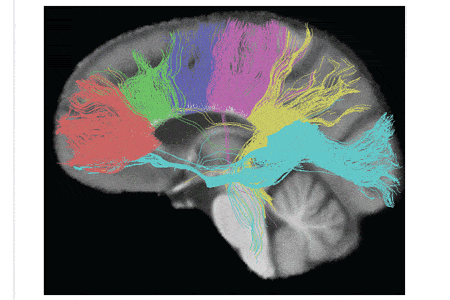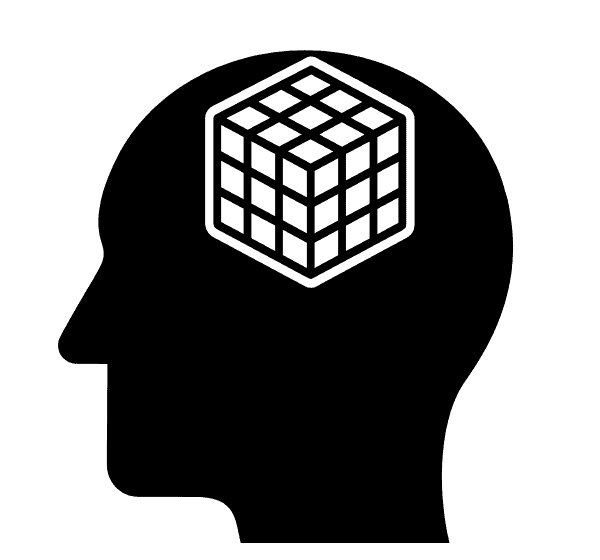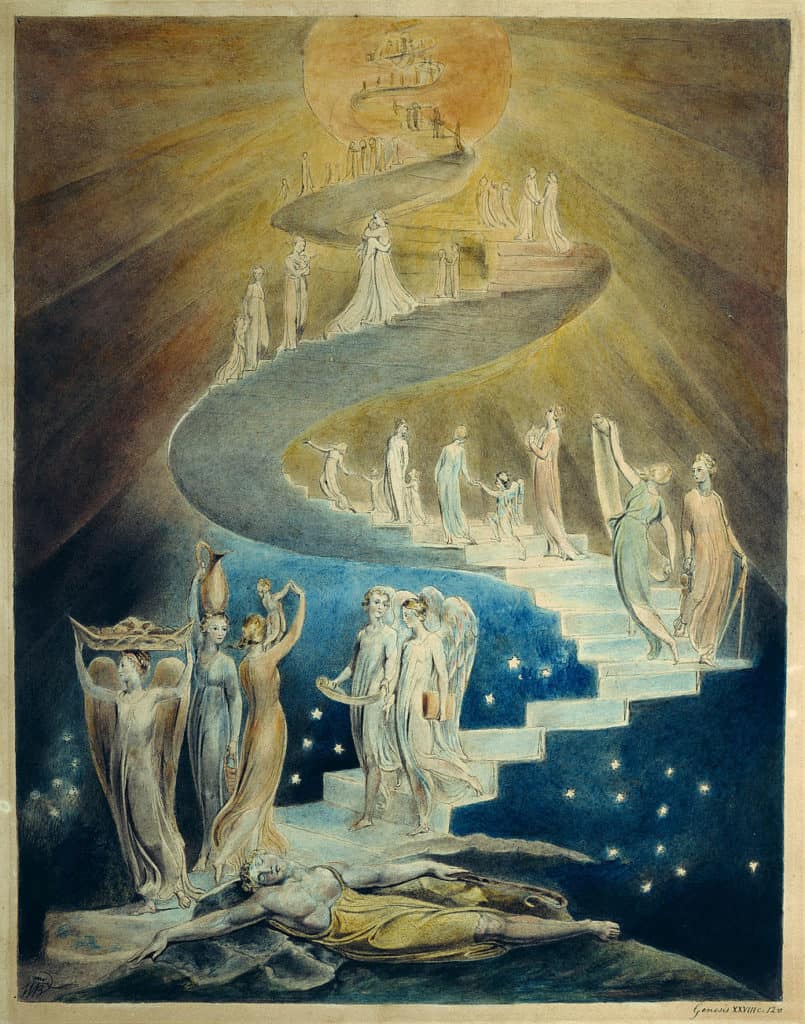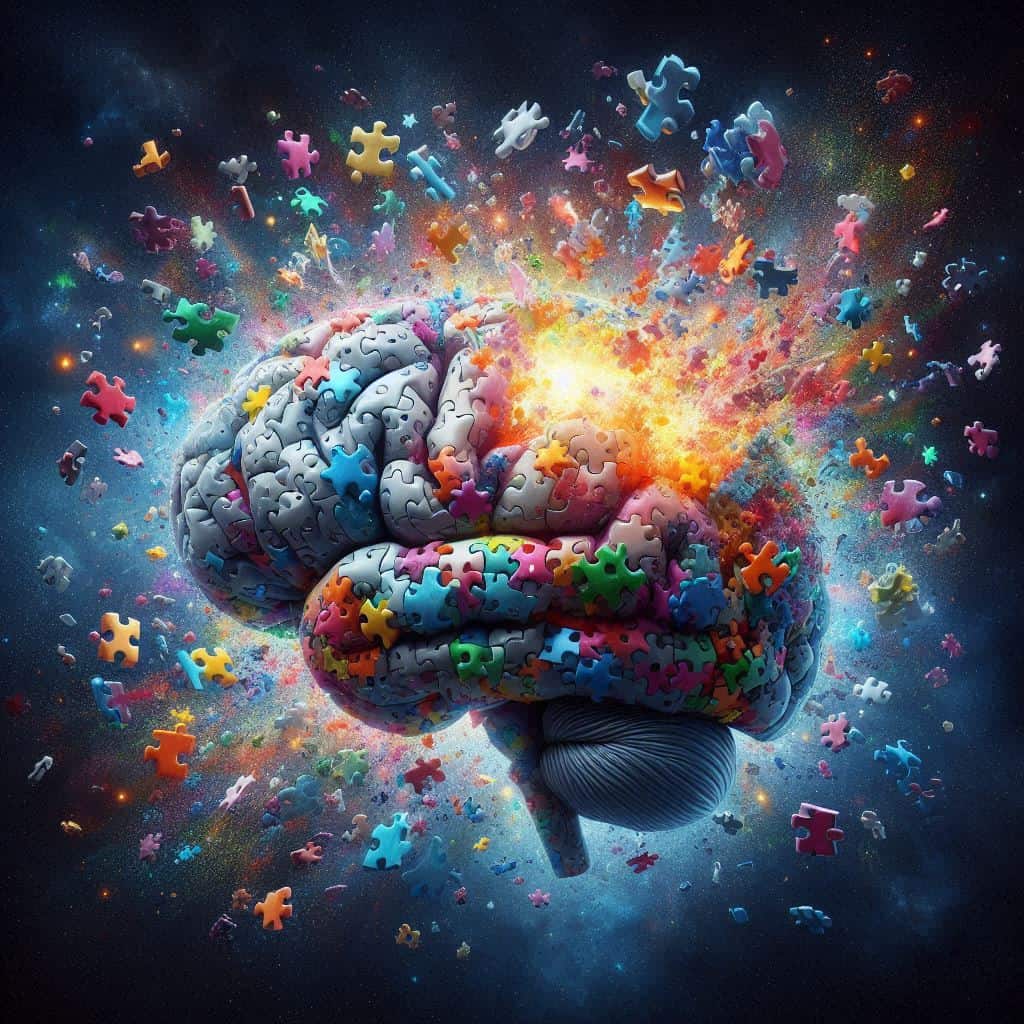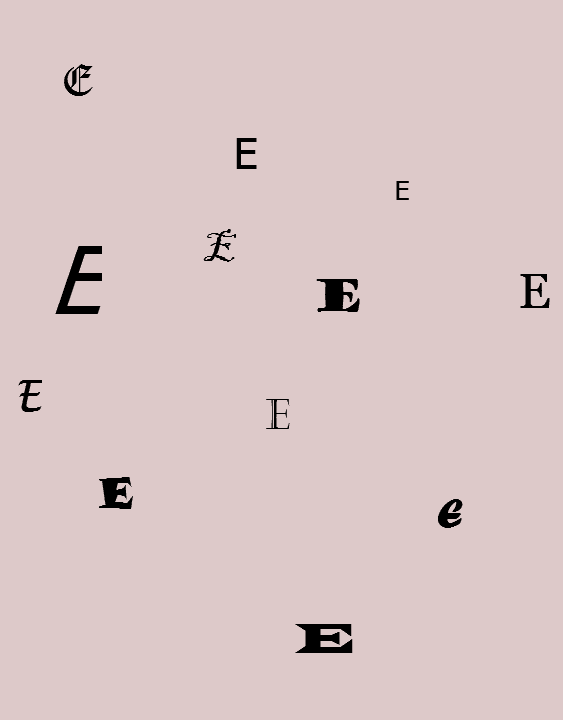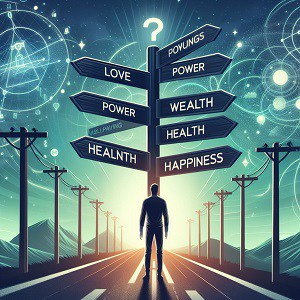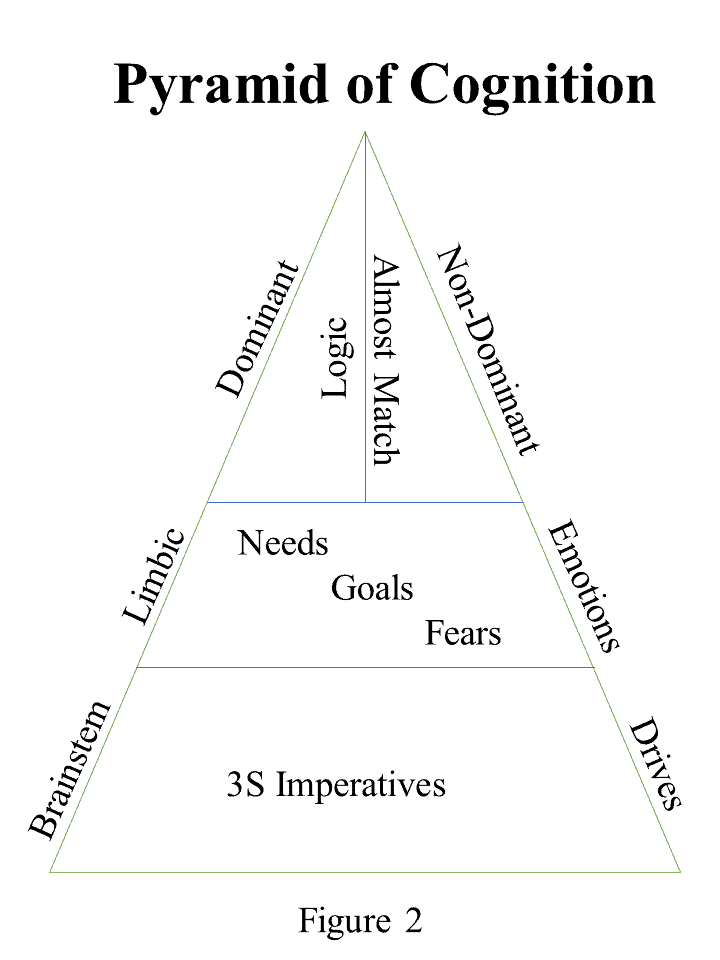One Brain or Two Hemispheres
Recent questions show the differences and relationships between the two hemispheres remain a source of confusion. Several relevant aspects, peppered with necessary facts, follow.
Which brain matters for creativity, right or left?
You only have one brain, but it has two halves that work together to deliver an answer.
The left half uses verbal definitions that link ideas logically. The right side uses “almost matches” leading to associations between similar ideas.
Since the right side more loosely interprets reality than the logical left, it is the initial source of creativity.
Our understanding of reality proceeds from sensory perception to emotional judgments and learned connections to final conscious consideration. The two hemispheres repeatedly align their particular slant on reality across the corpus callosum as the separate views move towards consciousness.
The corpus callosum’s 200+ million connections communicate across the hemisphere divide, from first sensory apprehension through situation enrichment with memory and knowledge until the ultimate delivery of information to the reasoning centers in the prefrontal lobe. This permits our creative interpretations to be known and used by the verbal hemisphere, if those associations are superior to logical deductions based on limited information. Also, better logical deductions can oust creative associations that stray too far from firm facts.
Do right-brained people learn differently?
Unless a person has the left and right hemispheres surgically separated, the person uses both hemispheres all the time, including with learning. Although both hemispheres are always operating doesn’t mean that some people don’t favor one hemisphere over the other. Artists seem to clearly favor the creative, while accountants (at least those that stay within the law) seem to favor the logical.
Each hemisphere has its own preferred mode of learning. The dominant (usually left) hemisphere, where you generate and understand speech, uses verbal categories and logic to learn and understand the world. The other (usually right) hemisphere uses “almost matches” to categorize and make associations (of similar situation) and thereby organize knowledge and respond to the world.
The best style of learning for the right hemisphere involves presentation of examples and letting their similarities (almost matches) develop naturally. The best examples have most of the elements align with the concept being taught. Instructing students in creative arts (for instance, painting, fiction writing, acting) includes copious examples of admired creations. The rules for creating are not sufficiently established to support verbal principles that logically result in a guideline for admirable creation.
With normal, communicating hemispheres, they automatically share and compare their different assessments a multitude of times before we arrive at our final assessment. These exchanges occurs via two main paths. Initially across the corpus callosum, which was discussed in the first answer. An additional comparison occurs in the executive areas of the prefrontal lobe. There, the connections between left and right working memory are free and unconstrained, allowing comparisons between the results of logical deductions and associative conclusions.
Are emotions in the right brain or the left brain?
Unfortunately, there is not a simple answer, because the brain is more complex than just right and left brain. For instance, the brain consists of structures below the cortical hemispheres.
Emotions arise below the surface of the hemispheres, below the level of consciousness, in the limbic system. Of course, we are aware of our emotions, but their origins are shrouded from conscious awareness. Some label that unconscious. I prefer preconscious. Our emotions are formed below (before or pre) the level of verbal assignment, which occurs in the dominant hemisphere (usually the left).
Both hemispheres, right and left, have their own connections to analogous elements in the limbic system. For instance, the amygdala, often cited as the source of fear and aggression, is composed of a right and a left half. The amygdala’s left half supplies the left hemisphere with interpretation of a situation, while its right half performs the same operation for the right hemisphere.
Therefore, both hemispheres have emotional values embedded in their operations, be they logical or associative.
We have one brain. It is composed of two cortical hemispheres and subcortical structures. They are intertwined, not independent.
Corpus Callosum, fibers stained image. By Margaret J. Rosenbloom, and Adolf Pfefferbaum, M.D., Public domain, via Wikimedia Commons
